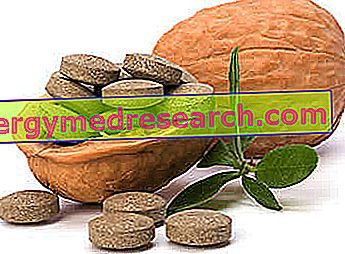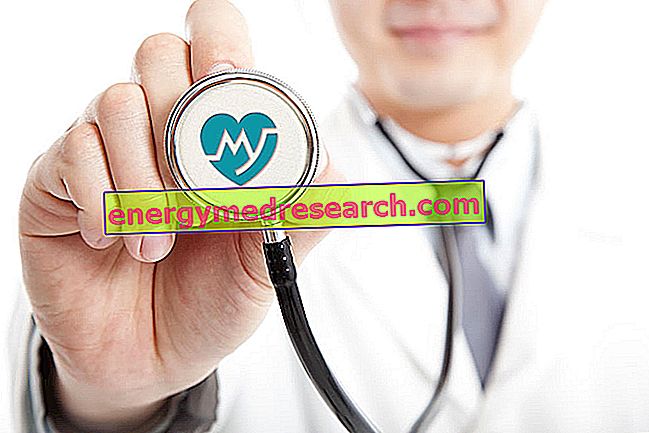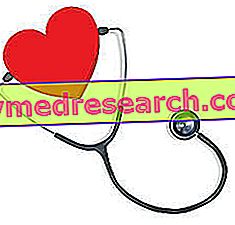Generality
Phytosterols are molecules very similar to cholesterol, naturally found in many foods of plant origin.
Classically, an omnivorous diet provides about 100-300 mg of daily phytosterols, quantities destined to grow significantly in a vegetarian or vegan diet.

The chemical nature and pharmacokinetic characteristics of phytosterols strongly influence its biological and clinical properties.
Indications
Why are phytosterols used? What are they for?
The main clinical applications of phytosterols refer to the cardiovascular and metabolic field, thanks to the marked hypocholesterolemic activity observed.
Although the mechanism of action has not yet been fully characterized, phytosterols would appear to be effective in inhibiting intestinal absorption of dietary cholesterol, also acting on the classic entero-hepatic recirculation mechanism.
In this way it would be observed an increased excretion of cholesterol through the faeces and consequently a significant lowering of the blood concentrations.
Benefits and Property
What benefits have shown the phytosterols during the studies?
Several studies confirm the cardioprotective and hypocholesterolemic role of phytosterols.
A very recent review, in fact, describes the ability of phytosterols to reduce blood concentrations of total cholesterol by as much as 10% and those of LDL cholesterol by 13%, without however altering the blood profile of HDL cholesterol.
The great efficacy of phytosterols is further underlined by the United States National Cholesterol Education Program which recommends, in order to control cholesterolemia, the daily consumption of about 2 g of phytosterols.
The important improvement activity of the phytosterols would therefore result in an appreciable cardioprotective action.
Doses and method of use
How to use phytosterols
Classically, phytosterols can be found in the form of fatty acid esters in different functional foods, thus enriching their nutraceutical properties.
The same phytosterols, however, can be taken, not esterified, through supplements in capsules.
The most characterized dose, for efficacy and safety of use, is that of 1-2 grams per day for the esterified form and of 1 daily gram for the non-esterified one.
Side effects
The main adverse reactions, observed following the use of phytosterol supplements, affect the gastrointestinal tract.
Dyspepsia, feeling of fullness, meteorism, diarrhea and constipation were the most frequently observed side effects.
Contraindications
When should phytosterols not be used?
The use of phytosterols is contraindicated in case of hypersensitivity to the active ingredient or to the source of extraction and in the case of rare genetic disorders such as sitosterolemia, responsible for possible cardiovascular repercussions.
Pharmacological Interactions
Which drugs or foods can modify the effect of phytosterols?
According to recent evidence, the use of phytosterol supplements could enhance the lipid-lowering effect of cholesterol-lowering drugs such as statins.
Moreover, given the chemical nature, it should be considered that the intake of phytosterols could reduce the intestinal absorption of active ingredients such as beta carotene, lycopene, vitamin E, and generally interfere with the absorption of liposoluble active ingredients.
Precautions for use
What do you need to know before taking phytosterols?
The use of phytosterols should be avoided during pregnancy and in the subsequent breastfeeding period.



